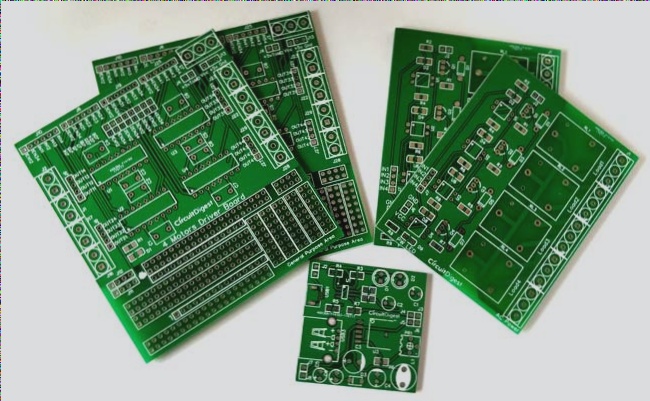Minimizing Noise on Circuit Boards: Effective Methods
Many circuit board designers excel at circuit principle design but struggle with debugging due to troublesome noises. To address noise issues, consider the following methods:
Partitioning the Circuit Board
One effective method is to partition the circuit board into modules with clear quiet zones between them. This reduces the impact of power supply and ground on the signal, minimizing noise interference.
Separating Functional Modules
When designing high-performance circuit boards, separating functional modules is crucial. Placing electronic components in close proximity reduces wiring length and optimizes circuit functionality. This separation is commonly seen in development boards and mobile phones, where modules are shielded to minimize noise.
Analog-Digital Circuit Separation
It’s crucial to separate analog and digital circuits on a board to prevent interference. Creating a “quiet zone” physically separates these circuits. If space constraints exist, consider alternative design approaches:
- Use transformers or signal isolation components.
- Implement filter circuits to prevent ESD and noise.
- Utilize common mode inductors for signal protection.
- Consider ditch protection by removing copper skin in quiet zones.
Ground Separation for Components
Components like ADC and DAC should have separate ground parts to prevent noise generation. Devices with AGND and DGND pins simplify circuit design and maintenance.

If noise is detected, troubleshoot before considering a redesign. WellCircuits Limited offers high-precision circuit boards for various product needs, including double-sided, multilayer, impedance-controlled, and specialized boards.




 العربية
العربية 简体中文
简体中文 Nederlands
Nederlands English
English Français
Français Deutsch
Deutsch Italiano
Italiano 日本語
日本語 한국어
한국어 Português
Português Русский
Русский Español
Español ไทย
ไทย